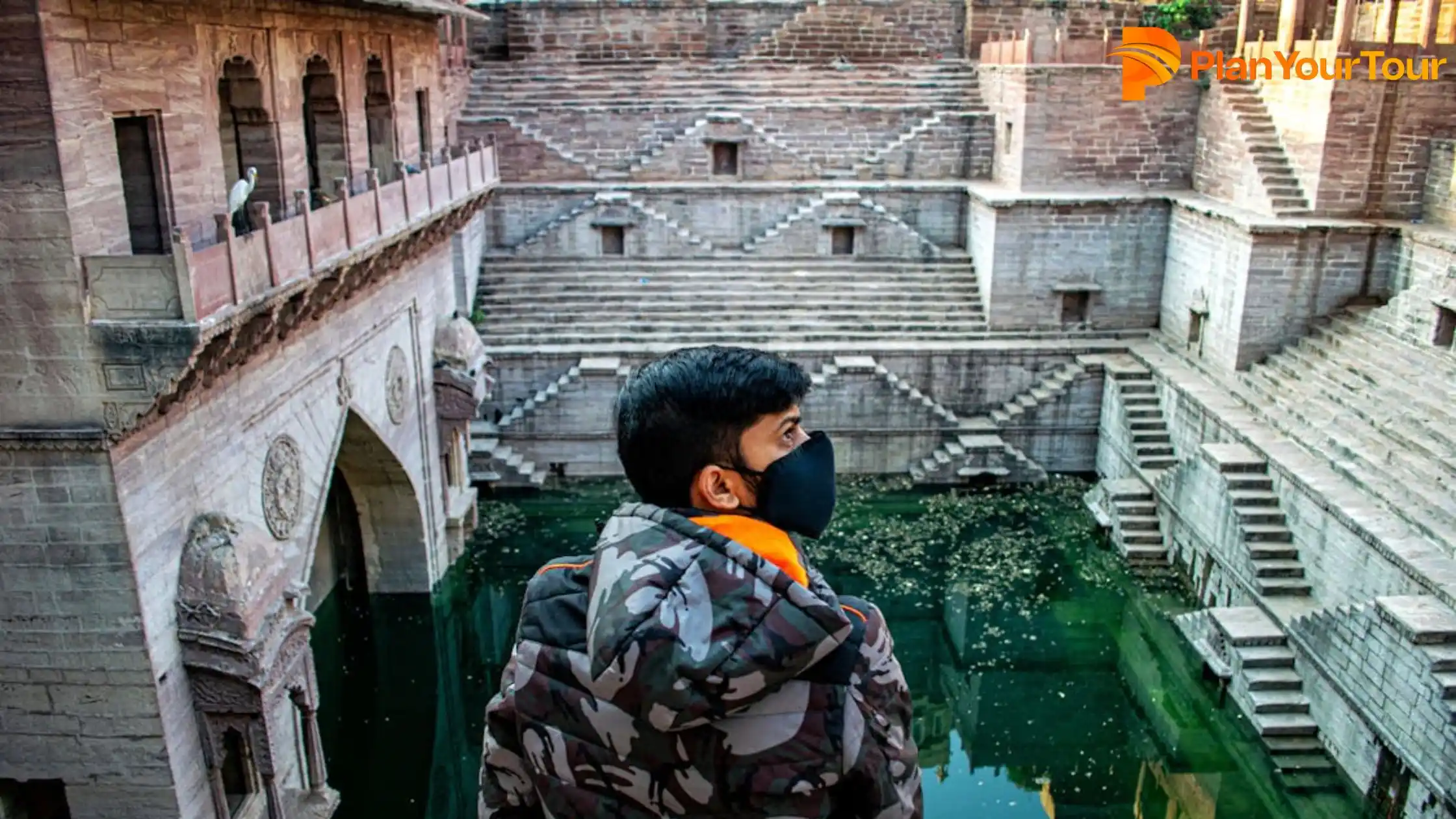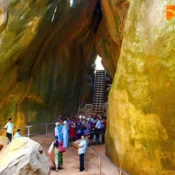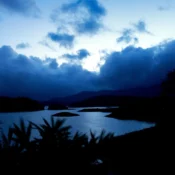
Toorji Ka Jhalra | Famous Step Well in Jodhpur | History & Timings
Built in 180, the Toorji ka Jhalra, commonly called Jodhpur’s Stepwell, is a complex design of Stepwell, one of the few remaining structures reflecting Jodhpur’s traditional water management systems. This architectural wonder was created by the queen-wife of Maharaja Abhay Singh, a symbol of the centuries-old tradition of the region where royal women oversee public waterworks. The design and structure help viewers understand the lifestyles of previous generations who used it in its prime time, with the site serving as a local watering hole for its time. It’s history and water management systems make it one of the best places to visit in Jodhpur.
ToorJi ka Jhalara, Jodhpur Details and Timings
The 250-year-old structure was built using the famous rose-red sandstone found in Jodhpur. At a depth of over 200 feet, it was once embellished with intricate carvings depicting dancing elephants, medieval lions, cow waterfalls, and various deities. There were two levels of access and a separate tank to receive water from the wheel system operated by the bulls. Its impressive design attracts many tourists and is considered by locals and visitors as a fun place to engage in harmless, recreational water sports to beat the heat.
You can any time at Jodhpur Stepwell because Toorji Ka Jhalara is open 24 hours.
ToorJi ka Jhalara, History
ToorJi ka Jhalra, Jodhpur was made during the reign of Maharaja Abhay Singh Rathore. He ruled Jodhpur between 1726 and 179. During that time, female members of royal families, especially queens, participated in and led projects for the construction of public waterworks. The queen of Marwar (Jodhpur), the wife of Maharaja Abhay Singh Rathore, led the project, and thus the Toor Ji ka Jhalra was made in the 1740s and was used by the locals for centuries as long as the city was Modernization did not occur and the well was abandoned altogether. To restore this historic heritage, the debris inside the well was cleaned and the reservoir was cleaned. Since then this place has remained a center of tourist attraction.
Architecture of Jhalra, Jodhpur
Toorji’s Jhalara, like many other step wells, was designed to accommodate water fluctuations. The structure is designed in such a way that it provides access to groundwater throughout the year. The architecture consists of a series of separating and converting steps leading to the water level. The entire well is made of red sandstone and is more than 200 feet deep. It has two access levels of water and a separate tank at the bottom. The Bawdi originally had a Persian wheel which was driven with the help of oxen to walk in a circle on the platform at the top to draw water.
Toorji’s Jhalra Bavdi also has small chambers/shelves under most of the stairs that were probably used to light lanterns or fires to aid in climbing up and down during the night. Jhalara is also decorated with idols of deities and animals. The spout of water in the stepwell is also carved with stone. At the top level, there is a courtyard in the traditional Chhatri style. There are also raised jharokhas in the two levels of the stepwell and a corridor from which a good view of the well can be seen. There are some carvings on the walls but the structure is most simple yet quite beautiful.
How to reach at ToorJi ka Jhalra
Taraji’ Jhalra is located in Gulab Sagar, Makrana Mohalla on Sutaro’s bus road in Jodhpur. It is just 2.4 KM away from Mehrangarh Fort. From the city center, the attraction is located about 4.5 kilometers away and can be accessed via the NH 62 – Ratanada Road route. There is another route, a long road, which goes via NH 62 – Harish Joshi Marg (6.2 km from the city center) to Bawdi. Jodhpur Bus Station and Jodhpur Airport are located at a distance of about 6 kilometers from Turaji Ka Jhalra. The railway junction is just 2.5 kilometers from here. Public transport works well to reach the tourist attractions. Many Sardars reach the central area of the market or Ghanta Ghar and explore this area on foot to the stepwell. But in Jodhpur, taxis or auto-rickshaws can be easily hired or one can also take a local bus ride.
After exploring Toorji’s Jhalara, there are some Places to Visit Near Jodhpur, to learn about Jodhpur’s history, Culture, and cuisine.



